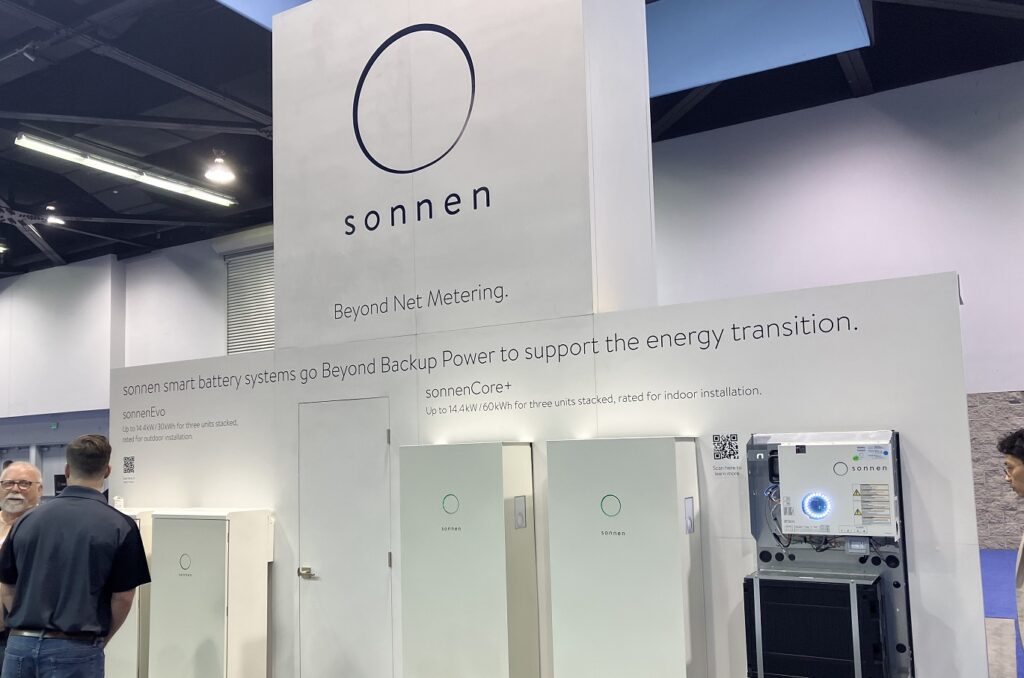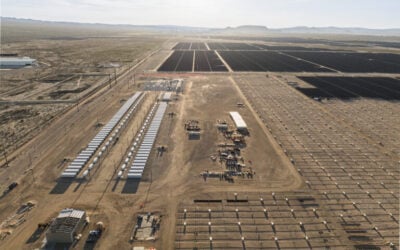
California’s proposed net metering programme has proved controversial, but residential battery storage providers Neovolta and sonnen have greeted it warmly.
Net metering has been around in the state since 1996. It offers an above market rate retail tariff for residential solar PV exports to California’s CAISO grid but the current iteration, NEM 2.0, is due to close in April.
Enjoy 12 months of exclusive analysis
- Regular insight and analysis of the industry’s biggest developments
- In-depth interviews with the industry’s leading figures
- Annual digital subscription to the PV Tech Power journal
- Discounts on Solar Media’s portfolio of events, in-person and virtual
Its successor, NEM 3.0, will see export rates cut by around 75%, as the state and its regulatory California Public Utilities Commission (CPUC) changes to a new valuation model for self-generated energy.
The aim is to help CAISO manage peak demand better, particularly during the 5pm to 9pm evening peak with NEM 3.0 including export rates with significant differences in the amount payable for peak versus off-peak energy.
Advocates and industry groups including the California Solar + Storage Association (CALSSA), have slammed the proposals. CALSSA executive director Bernadette Del Chiaro said the change would put California’s energy transition “behind our goals and out of step with the national pro-solar agenda,” as reported by our sister site PV Tech in December.
In theory, the CPUC’s redesigned scheme would incentivise the uptake of residential battery storage, which would increase enrollees’ ability to dispatch energy to the grid at those peak times, or increase their self-consumption of power generated at home.
CALSSA argued that this uptake of batteries cannot happen fast enough to meet demand, owing in part to “high costs, supply chain constraints, inflation and permitting and interconnection delays and challenges,” adding it would “ take years before the storage market can match the solar market”.
California’s adoption of residential energy storage is happening much faster than in nearly all other US states – according to research group Wood Mackenzie Power & Renewables, California and Texas were the two leaders of the market in Q3 2022, the firm’s most recently reported quarterly stats.
But that still only represents a large wedge of a small cake, with just 161MW/400MWh of residential installs, equivalent to 23,000 systems, across the whole of the US in the quarter, compared to 1,257MW/4,733MWh of grid-scale battery additions. By comparison, Californians installed 517MW of residential solar PV during the same period, according to Wood Mackenzie.
‘Renewable needs to become dispatchable’
Yesterday, one California-headquartered battery storage company targeting the residential market said it believed the NEM 3.0 policy would drive increased demand for batteries.
“We expect that NEM 3.0 will make Californians more aware of their energy consumption, encouraging them to conserve energy and pair rooftop solar systems with battery storage. Californians who adopt this strategy will dramatically reduce their electrical bills while increasing their energy resiliency during periods of prolonged blackouts, fires, and flooding,” NeoVolta CEO Brent Wilson said.
NeoVolta noted that US$630 million funding from the state has been set aside already to subsidise solar and storage equipment for low-income households, and that households with existing solar rooftops already enrolled in NEM 2.0 will continue to receive those tariffs and not be pulled into NEM 3.0 if they get battery storage.
NeoVolta was uplisted to the Nasdaq Capital Market last year, raising US$3.9 million from a public offering from which it had anticipated raising US$5 million, with CFO Steve Bond telling this site its downsizing was due to “tough capital markets”.
In an interview last year, Blake Richetta, CEO of sonnen Inc, the North American arm of German residential battery storage company sonnen – which is owned by oil & gas major Shell –, told Energy-Storage.news that net metering in California was in need of a bold succession plan.
Subsidies are great for kickstarting adoption, Richetta said, but at some stage the market needs to stabilise to get lower costs across the board for all consumers.
“When we look at why the residential energy storage market is so robust in the European Union, in Italy, Spain and Germany, there’s other forces, of course, not least the energy crisis and the war, but there is such an incredible growth over the years. Well, it’s because of that evolution away from the feed-in tariff, and in some countries what they call net metering”, Richetta said.
NEM 3.0 could incentivise solar injection into the grid “at the right time instead of just because it’s sunny”, while sonnen’s position is that “most if not all” of the economic benefits currently accrued by net metering participants could still be captured by smartly controlled batteries, the CEO claimed.
At last year’s RE+ 2022 national renewable energy industry event held in California, sonnen launched sonnenConnect into the CAISO market. The offering, a tie-up with solar provider Baker Electric Home Energy, allows for customers’ systems to be aggregated into a virtual power plant (VPP) and their stored energy played into CAISO wholesale markets.
Richetta told this site at the time that its programme could be an effective successor to net metering, while providing benefits to California’s grid and the state’s race to integrate higher shares of renewable energy.
“Look, we’re not trying to be anti-solar,” Richetta said.
“We are following the natural path of grid architecture and grid science. We must transform renewable energy to something dispatchable. We believe there is a world that must be beyond net metering.”
Energy-Storage.news’ publisher Solar Media will host the 5th Energy Storage Summit USA, 28-29 March 2023 in Austin, Texas. Featuring a packed programme of panels, presentations and fireside chats from industry leaders focusing on accelerating the market for energy storage across the country. For more information, go to the website.






